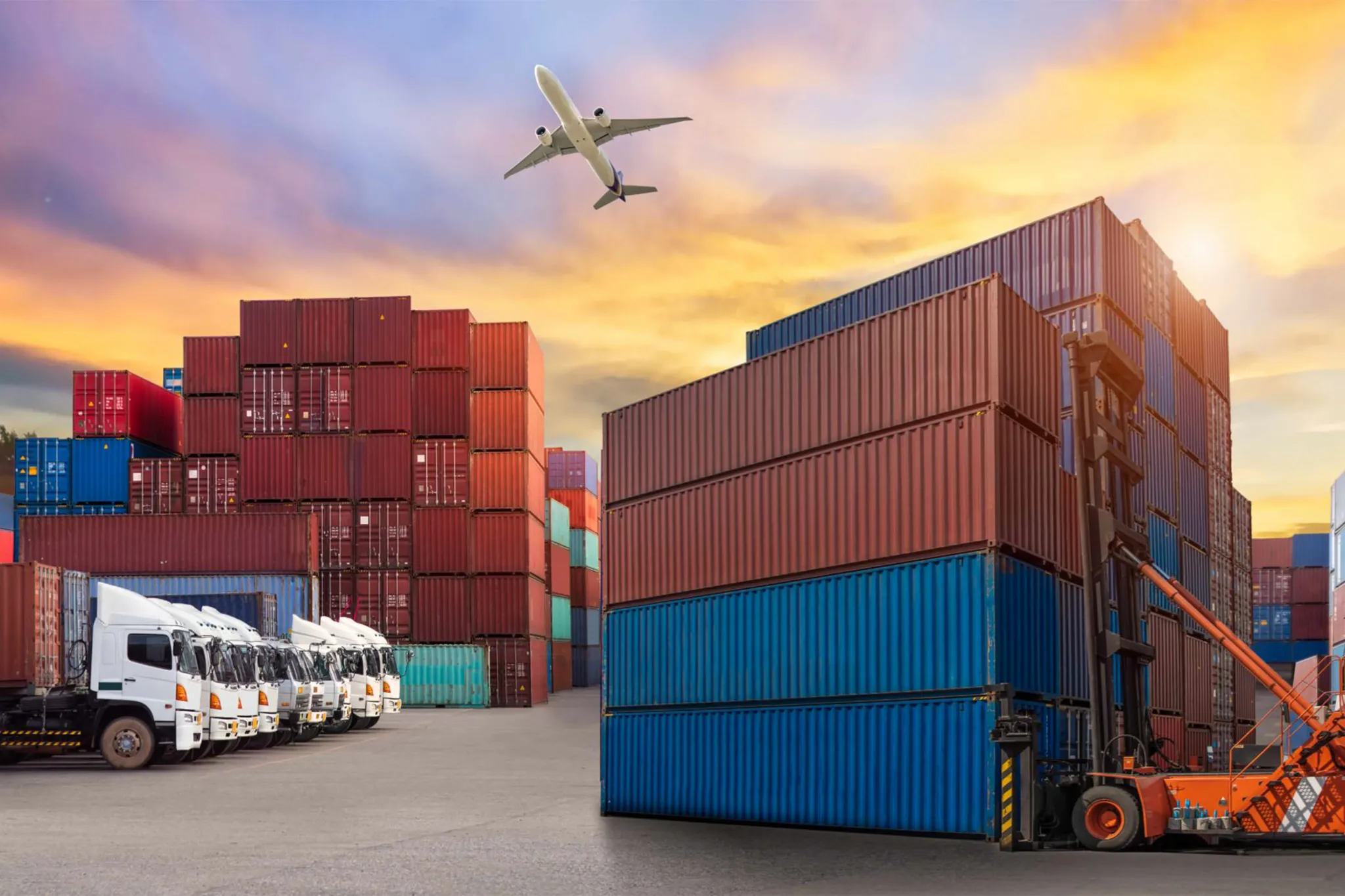Introduction
The logistics industry is undergoing a major shift as businesses strive to embrace digital transformation to improve efficiency, reduce costs, and meet growing customer expectations. However, the journey to a fully digitalized supply chain is often riddled with challenges.
1. The Push for Digital Transformation in Logistics
The demand for faster, more efficient logistics processes is driving the need for digital transformation across the industry. Companies are turning to advanced technologies like automation, data analytics, AI, and IoT to improve supply chain visibility and optimize operations.

2. Legacy Systems and Integration Challenges
Many logistics companies still use outdated legacy systems that lack the flexibility for real-time data sharing and advanced analytics. Upgrading these systems is costly and disruptive, making it a major challenge. Bridging the gap between old systems and new digital tools is crucial for progress.
3. Workforce Resistance and Skill Gaps
Adopting new technologies often requires significant changes in workflows, which can face resistance from employees used to traditional methods. Moreover, the logistics industry may lack the technical expertise needed to implement and manage these new digital tools. Upskilling the current workforce and hiring new talent with digital expertise is critical for successful transformation, but this process can take time and investment.

4. High Costs and Uncertain ROI
The financial investment in digital transformation is a significant challenge, especially for small and mid-sized logistics companies. High costs for new technology, maintenance, and training can make it hard to see immediate returns. To overcome this, businesses should prioritize impactful solutions and develop a clear strategy to measure ROI over time.
5. Cybersecurity and Data Privacy Risks
As logistics companies digitize their operations, they become more vulnerable to cyberattacks and data breaches. The increased connectivity between systems and devices creates more entry points for cyber threats. Ensuring that cybersecurity measures are robust and up to date is essential for protecting sensitive data and maintaining customer trust. Companies must invest in strong cybersecurity protocols and continuous monitoring to safeguard their digital infrastructure.

Conclusion
Digital transformation is critical for the future success of the logistics industry, but it comes with its fair share of challenges. By addressing issues such as legacy systems, data silos, workforce adaptation, and cybersecurity, logistics companies can build a strong foundation for their digital journey. With a strategic approach and careful planning, the industry can overcome these obstacles and fully realize the benefits of a digital supply chain.



